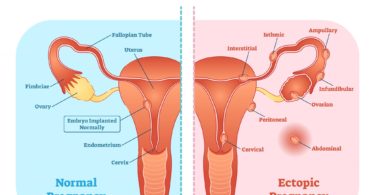LEUCORRHOEA AND ITS HOMOEOPATHIC MANAGEMENT
Dr. Aastha Singh
MD Scholar, Department of Organon Of Medicine, Bakson Homoeopathic Medical College and Hospital, Greater Noida, U.P.
3) Borax- Clear copious and albuminous leucorrhoea. Leucorrhea with sensation as warm water is flowing. Leucrrhoea midway between menses with great nervousness. White as starch, perfectly bland without pain. Menses too profuse, too soon with nausea.
References
1) Dutta’s DC. Textbook of Gynecology Enlarged & Revised Reprint of Sixth Edition, 2013 November. New Delhi: Jaypee brothers medical Publishers (P) Ltd.
2)Leucorrhoea [Internet]. Available from: https://en.wikipedia.org/wiki/Leukorrhea
3) Khan MA. Leucorrhoea [Internet]. 2017 Jun 07 [ cited 2020 March 30]. Available from: http://nhp.gov.in/sailan-ur-rahem-leucorrhoea_mtl
4) Leucorrhoea: Causes, symptoms, diagnosis, treatment and prevention [Internet]. Updated: 2019 December 24 [cited 2020 March 30].Availablefrom:https://www.thehealthsite.com/diseasesconditions/diseases-conditions-womenshealth/leucorrhoea-causes-symptoms-diagnosistreatment-and-prevention-238988/
5) Bhatia M. Homeopathic medicine for Leucorrhea [Internet]. 2015 Aug 31 [cited 2020 March 30]. Available from: https://hpathy.com/cause-symptomstreatment/leucorrhoea-vaginal-discharge/
6)Gardner GH. Leucorrhoea – differential diagnosis and treatment [Internet]. Q Bull Northwest Univ Med Sch. 1940 winter; 14(4): 236–241. [cited 2020 March 30]. Available from: https://www.ncbi.nlm.nih.gov/pmc/articles/PMC38023 10/
7) Boericke W. Boericke’s New Manual of Homeopathic Materia Medica with Repertory. 9th Ed. New Delhi: B Jain Publishers(P) Ltd., 2007.
8)Kent JT. Lectures on Homoeopathic Materia Medica. Low Price Edition. New Delhi: B Jain Publishers (P) Ltd.





